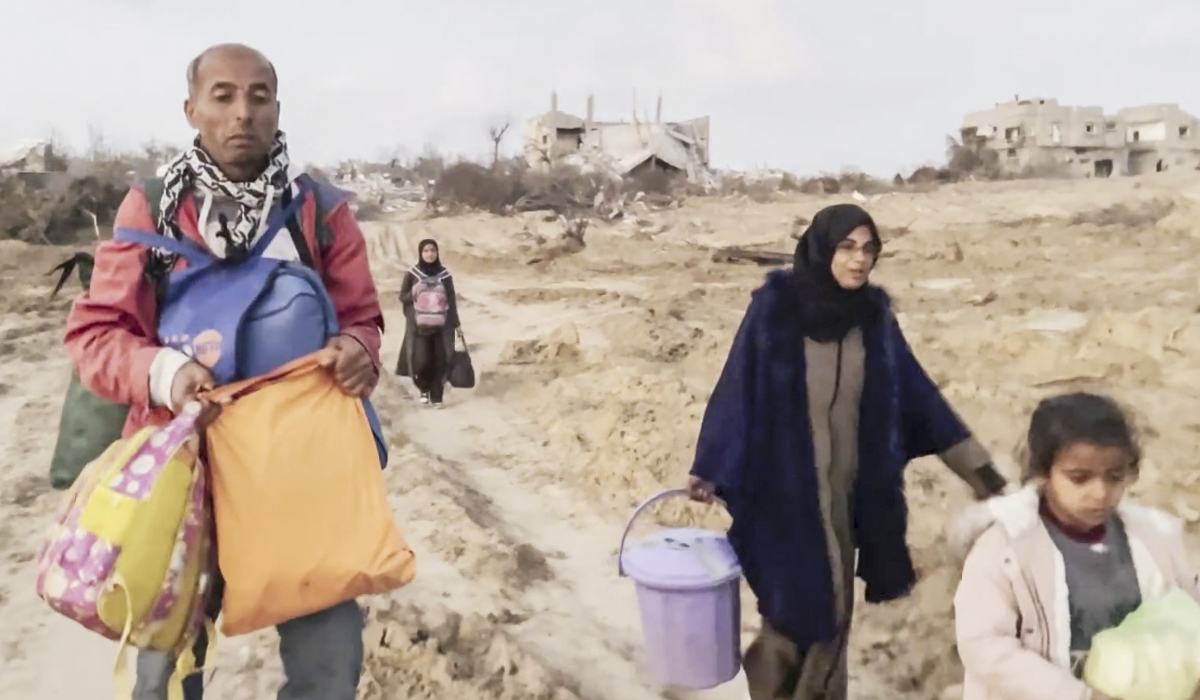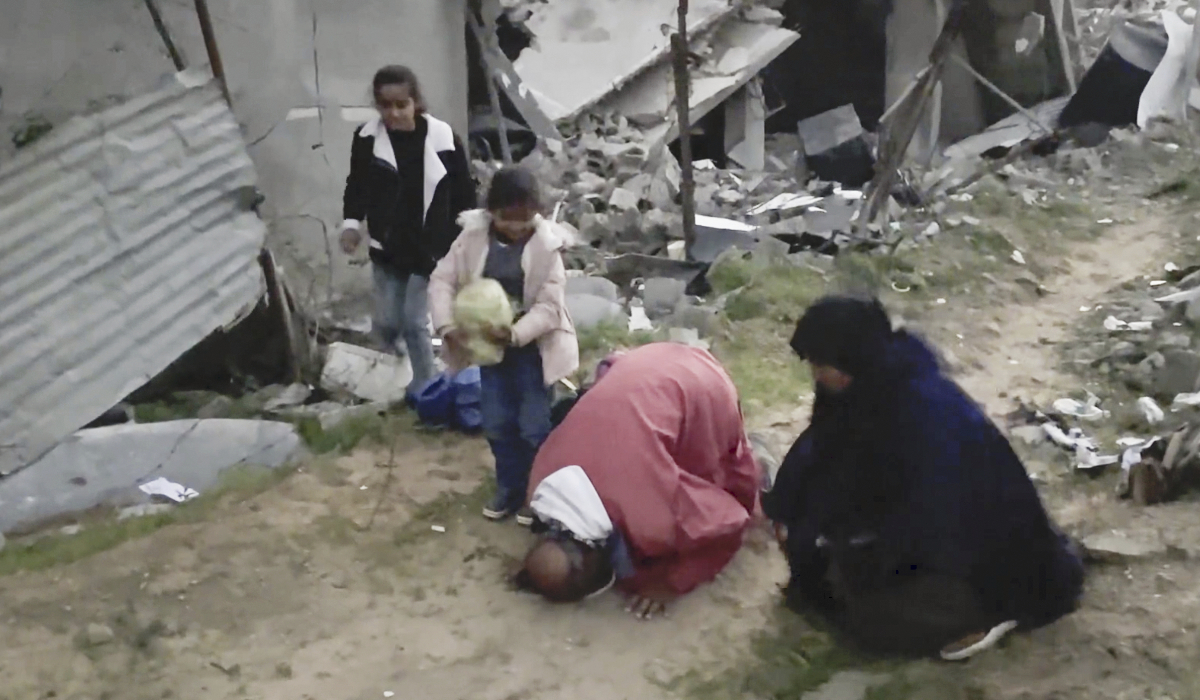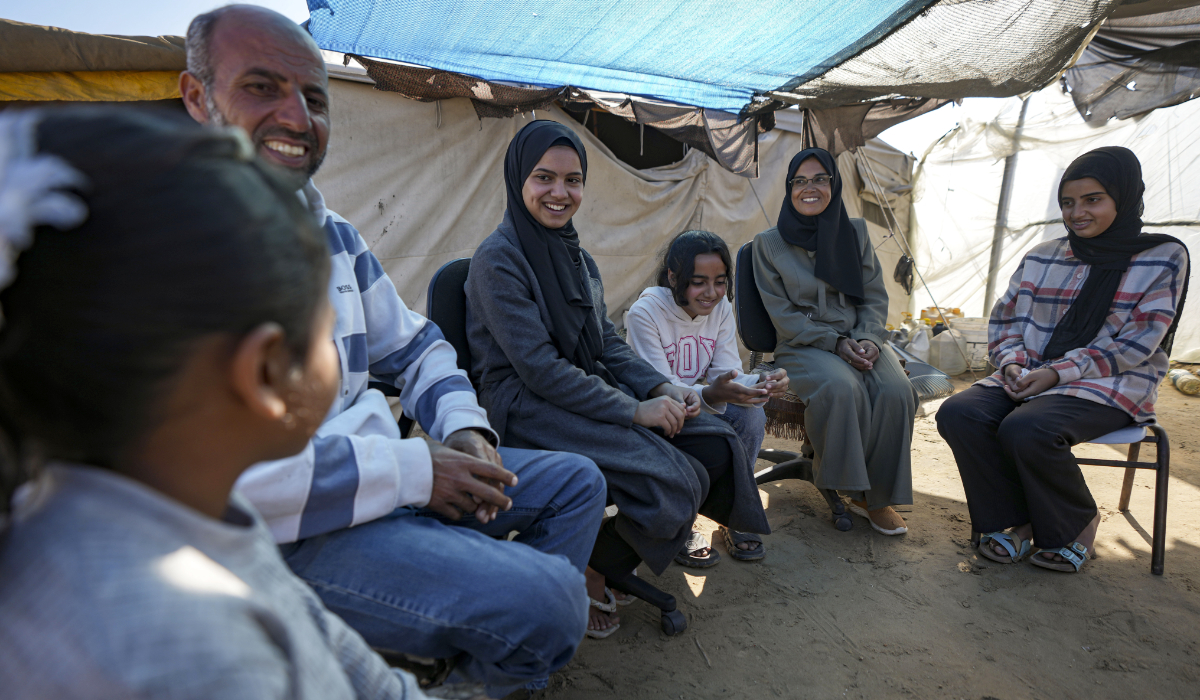BEIRUT: Syria’s new leader Ahmed Al-Sharaa has invited Lebanon’s caretaker Prime Minister Najib Mikati to visit his country to boost bilateral ties.
In a phone call on Friday with Al-Sharaa, Mikati discussed relations between the two countries, according to a statement from the prime minister’s office.
Al-Sharaa also said that Syrian authorities had taken “necessary measures” to restore calm on the border between the two countries, according to the statement.
The call between Mikati and Al-Sharaa addressed an attack on the Lebanese army by Syrian gunmen on Friday.
Calm was restored on Saturday as political negotiations intensified to prevent any escalation.
The gunmen, from the Syrian region of Sarghaya, attacked the Lebanese soldiers to try and prevent them closing an illegal border crossing in Maarboun–Baalbek. Four soldiers were injured in the clashes.
The Lebanese Army Command said the troops “repelled Syrian gunmen after they targeted a military unit with medium weapons, causing moderate injuries to four soldiers.”
The Presidency of the Council of Ministers said on Saturday that Al-Sharaa “confirmed that the concerned Syrian agencies took all necessary measures to restore calm to the border and prevent the recurrence of such incidents.”
A fragile ceasefire between Israel and Hezbollah has held for over a month, even though its terms seem unlikely to be met by the agreed-upon deadline.
Under the ceasefire agreement, which came into effect on Nov. 27, the Israeli forces that penetrated the border area to depths ranging from three to 9 km have 21 days left to withdraw completely. But Israeli forces continue to violate the agreement extensively, both by air and by land, infiltrating towns they had not entered during the ground war launched on Oct. 1.
On Saturday morning, the Israeli army carried out excavation and leveling operations near cemeteries in Markaba town.
Security reports from the area said that “Israeli army patrols moved from Odaisseh toward Taybeh, conducting intensive sweeps with machine guns, while war drones flew at low altitudes in the western sector, particularly over the Tyre district.”
For the first time since the ceasefire, drones violated airspace over the towns of Doueir, Jibchit, Harouf, Ebba, Zebdine, and Choukine in the Nabatieh district. Residents reported “dozens of drones flying overhead at low altitudes.”
Israeli forces also conducted a sweep from the Maroun Al-Ras area toward the city of Bint Jbeil, using machine guns. The force included five tanks and a bulldozer and targeted a house with a shell fired from a Merkava tank before moving on to the building.
The garrisons of two Israeli army positions in Al-Ramtha and Al-Samaqa carried out wide-ranging sweeps with heavy machine guns targeting the surrounding valleys.
Israeli forces also carried out a demolition operation between the towns of Taybeh and Rab Al-Thalathin in the Marjayoun district.
Images captured by activists and shared on social media from the border area, particularly in Mays Al-Jabal, reveal unprecedented destruction of the town, affecting residential and commercial buildings, as well as places of worship.
The Israeli military also targeted the Imam Sadr Sports Complex west of Mays Al-Jabal with artillery on Saturday.
Israeli media reported that the current Israeli approach “aims to effectively restrict Hezbollah’s capabilities, preventing the group from conducting large-scale operations or controlling strategic areas in Lebanon.”
Strategic and military affairs researcher Ali Abbas Hamieh told Arab News that “Israeli forces, during their incursion into the border area over the past 38 days, have succeeded in targeting Hezbollah’s infrastructure; however, these were general structures and did not include the strategic weapons possessed by the group.”
Hamieh said Israeli operations had sometimes destroyed the entrances to Hezbollah’s tunnels, but they had not eliminated what was inside them. “Consequently, the Israelis are attempting to extend the ceasefire period further.”
Hamieh said that Hezbollah “is currently reorganizing its military position despite the other siege being imposed on Hezbollah on the economic level, aimed at undermining it militarily.”
Hamieh expressed his concern that “extending the deadline for the presence of Israeli forces in the border area for an additional three months, as rumored, could serve as a pretext for the resumption of hostilities.”
The analyst said: “It is important to note that the formula used to persuade both parties to cease fire was that if the war continued, it would be a loss for both sides, whereas if it stopped, it would be a victory for both.”
Also on Saturday, the Israeli Broadcasting Corporation said the government would “inform Washington that it will not withdraw from Lebanon after the current deadline expires and will convey a message to the US that it will not allow residents of Lebanese villages near the border to return to their homes.”
But Israeli media reported later that “no decision has been made yet regarding extending the Israeli army’s presence in southern Lebanon.”





























